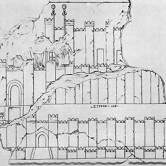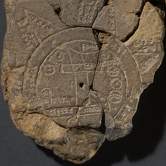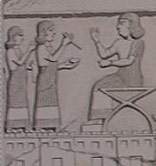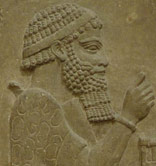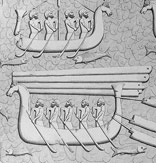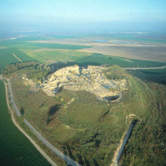Countries and peoples
Central Assyria, the lands between Assur, Nineveh and Arbela. The triangle demarcated by Assur in the south, by Nineveh in the north and by Arbela in the east formed the heartland of the Assyrian Empire. |
|
Babylon and the cities and tribes of Southern Mesopotamia. By the 8th century BC, Babylonia had lost its political unity and the ancient cities and tribal federations of the region acted as independent units whose conflicts made it subject to repeated political upheaval. Neighbouring states became increasingly involved in Babylonian politics, and foremost among them was Assyria. |
|
Urartu, Assyria's northern archenemy. Throughout the 8th century BC, the political history of the Middle East was shaped by Assyria's prolonged conflict with its rival Urartu. |
|
The Medes, purveyors of fine horses. The Zagros mountain region to the east of the Assyrian heartland was divided into a great many states of various sizes, among them various small territories controlled by Median "city lords" along the Silk Road. The creation of four Assyrian provinces in the region resulted in a remarkable co-existence between the old and the new political system. |
|
Tyre and the other Phoenician city-states. Some of the most important ports of the Eastern Mediterranean were located in the narrow coastal strip protected by the Lebanon mountain range: these are the Phoenician city states of Tyre, Sidon, Byblos and Arwad. Assyria's westward expansion resulted in increasingly closer contacts, and while Tyre especially benefitted from Assyria's protection and preferential treatment, in return the kingdom had to tolerate Assyrian intervention in its political and economic affairs. |
|
Israel, the 'House of Omri'. The kingdom was ideally positioned between the trade networks of the desert and the sea. Its riches were protected by a formidable chariot corps that came to introduce the use of heavily armoured vehicles and a large breed of Nubian horses to the Assyrian army. |
|
Gaza, Ashdod and the other Philistine kingdoms. In the 8th century BC the Philistine region consisted of several independent kingdoms centred around four cities: Gaza, Ashkelon, Ashdod and Ekron. They were part of the buffer zone between the expanding empires of Assyria and Kush and frequently provided a stage for their relationship to play out, in hostile and peaceful ways. |
|
Kush, Assyria's rival in the Levant. The kingdom of Kush had its centre in Sudan but as its rulers gradually extended their control into Egypt and to the Mediterranean coast in the course of the 8th century BC, this new empire came into contact with Assyria and emerged as its rival in the southern Levant. |
Content last modified: 09 Jul 2012.
